Somewhere along the way, someone taught you how to do laundry. In the time since, washing machines and dryers have evolved, the laundry detergent market has grown exponentially (It's expected to top $223 billion by 2028, per a recent study by Polaris Market Research.) and a global health crisis challenged tried-and-true cleaning methods. As a result, searches for "laundry" reached an all-time high in January 2021, according to Google Trends. Some people questioned their laundry habits (How often should I wash my clothes?) while others simply wondered if those viral laundry stripping videos — you know the ones — were really worth the hype.
Even if laundry is your most dreaded household chore, there's no way around it: Your clothes, towels and bedding will continue to pile up until you clean them. Because of this, the Good Housekeeping Institute Cleaning Lab is always on the hunt for ways to make laundry day less of a chore, routinely testing essential products like washers, dryers and detergents, to find the best ones for every need and budget. With decades of testing and expertise under their belts, our cleaning experts have determined the steps you should take to effectively clean and dry your garments, no matter the type of machinery, fibers or amount of time you're working with.
Read care and fiber labels.
First things first, look at the care and fiber labels, often located on the side seams, back neck or back waist of garments. Together, these little labels tell you everything you need to know about your garment, including the fibers it's made out of along with recommended washing and drying techniques. Instructions are often spelled out, but sometimes labels are just a list of laundry symbols. In this case, follow this guide on how to decode laundry symbols:
Every now and again, you might not have labels to turn to, like if you cut it off prematurely or the writing has been worn away from repeated wear. If you don't have a label to use as your guide, start with the most delicate washing and drying method to ensure that you don't ruin your garments. But if you feel it's safe to take things one step further, follow these guidelines that align with the specific fiber that you're working with.
- Cotton: hot, warm or cool water; high, regular or low dryer temperature.
- Linen: cool or warm water; tumble dry low or air dry.
- Nylon: cool or warm water; medium or low dryer temperature.
- Polyester: cool or warm water; medium or low dryer temperature.
- Rayon: cool water; tumble dry low or line dry; hand washing is recommended.
- Silk: cool or warm water; air, line, or dry flat; hand washing is recommended.
- Spandex: cool water; line dry.
- Wool: cool or warm water; tumble dry low or dry flat; hand washing is recommended.
Sort laundry.
Properly sorting your laundry requires a multi-step process. Start by sorting out the darks, lights and colors. Darks include anything with deep-colored dyes like black, red, navy, brown or dark gray. In addition to all-white garments, the whites pile should include pastel shades, cream, beige and light gray. Colors include anything in between like pink, lavender, orange, yellow, light blue and light green.
When it comes to garments with multiple colors (think: a shirt with black and white stripes), perform a quick test to make sure that colors won't bleed: Place a drop of water on the item and blot with a paper towel. If color doesn't come off, then you can wash it with whites and lights, adhering to the guidelines on your garment's labels.
Then sort each pile by fiber type. Pull out any delicates that could be damaged by coarser fibers as well as items that should be hand-washed. Heavier, coarser fibers take longer to dry, so removing them will also prevent you from over-drying more delicate fibers. Also, keep in mind that you should never mix "lint-givers" (towels and rugs) with "lint-receivers "(knit and corduroy).
From there, take out any heavily soiled garments. Really dirty items — whether stained, sweaty or extremely smelly — should always be washed separately from lightly soiled ones.
Before moving on to the next step, give the care and fiber labels another glance to make sure that everything in your laundry pile calls for the same water temperatures and drying times.
Pretreat stains.
It always pays off to spend extra time caring for your clothes before throwing them in the washing machine. If you notice any stains, whether fresh or dried, follow these stain-specific guides to get rid of them, stat.
Pick the right detergent and fabric softener.
All laundry detergents claim to remove stains, whiten, keep colors bright and generally refresh garments. The problem at hand: There are hundreds of detergents to choose from and some work better than others. That's why the Good Housekeeping Institute routinely tests laundry detergents to find the best ones on the market, taking into account different needs, price points and ingredients. In the most recent test of 42 laundry detergents, the Good Housekeeping Institute Cleaning Lab determined which ones work best for every need, budget and concern.
Although some people may skip fabric softener (sometimes called "fabric conditioner") altogether, it's recommended if you want to keep fabrics soft, reduce friction and keep wrinkles at bay. It pays off in the long-run, too: With consistent use, fabric softener, like GH Seal Star Ultra Downy Free & Gentle Liquid Fabric Softener, can extend the life of your most-loved garments. There are a few instances when you shouldn't use fabric softener like when you're washing microfiber, sportswear, towels, flame-resistant clothes (specifically children's sleepwear) and water-repellent fabric.
Select the water temperature and cycle on your washing machine.
Each washing machine manufacturer tries to make their machines unique, which means cycles can vary from one brand to the next. Today's washing machines are pre-programmed, as the wash time, water temperature and spin speed will pop up as soon as you select a cycle. You can override these selections to a certain degree if, say, your clothes are heavily soiled and need a longer wash time than the normal cycle calls for.
Read your washing machine's user manual to learn the differences between the wash cycles. When deciding which is best, consider the durability and soil level of your items. In general, the more durable (towels, sheets and heavy cottons) and dirty the items, the longer and hotter the cycle should be. If you're working with delicate, stained or bulky items, keep the following cycle descriptions in mind (but know that they may differ for your washing machine).
- Delicates are typically programmed with a cool or cold water temperature, but you can typically change it to warm. This cycle has a gentler agitation and a slower spin seed to prevent damage.
- Casual or Permanent Press Cycles cool the water gradually and have slower spin speeds to minimize wrinkles.
- Stain Cycles start cold to keep stains from setting in and then heat up gradually to fully remove stains.
- Bulky Bedding Cycles may add in a second rinse or increase the spin speed to extract more water than a normal speed cycle.
Load items into the washer or hand wash.
Take these steps before you throw your garments in the washing machine to ensure an easy, damage-free wash.
- Check buttons, pockets and zippers: Help clothes keep their shape by emptying pockets, zipping zippers and fastening button on jackets, knits and pants. If you have time, fasten a few buttons on shirts and blouses. Always remove belts from dresses, pants and robes, and wash them separately.
- Turn certain items inside out: Anything dark (jeans, especially) or embellished should always be washed inside out to preserve color and detail. Do the same with items where the inside neck or sleeves get especially dirty.
- Stick delicates and small items in a laundry bag: Protect delicate items (underwear, bras and other lingerie) from damage by placing them in a mesh laundry bag before washing. While you're at it, round up small items, like socks and fabric belts, and add them to the bag to make sure they don't get lost in the wash.
- Measure detergent: Always use the cap or scoop that comes with your liquid, powder or packet detergent. Measure the amount based on the size of your load and level of soil.
For both top-load and front-load washers with separate dispensers, load the clothing in, then add liquid or powder detergent and fabric softener to the dispenser and start the machine. If you're using single-use detergent, like Tide Pods, place it in the machine before adding your clothing unless you're using a newer machine with a dispenser designated for single-dose packs. At this point, place the items in the washing machine, making sure that nothing is tangled or twisted.
If your top-load washer doesn't have a detergent dispenser, place it directly into the tub, start the water and add in the clothing as it's dissolving. Follow a similar approach for front-load washers without detergent dispensers: Place single-use detergent packs in the machine first, add the clothing, close the door and start the machine.
For older machines without fabric softener dispensers, add it directly to the rinse water in the washing machine. Make sure to pour it in open pockets of water rather than on top of fabrics to avoid staining.
If you determine that hand-washing is the safest bet, follow this guide on how to wash delicates:
- Fill sink with water — cool, lukewarm or warm, per the garment's labels — and place garments in. (FYI: Wool, silk and bright colors clean best in cold water.) As the sink is filling, add the recommended amount of detergent, so it can properly dissolve before you add the clothing. Once the detergent is completely dissolved, lay your garment in the water and gently press it down to fully immerse it. If the water turns color at this stage, it may just be excess dye washing off, which shouldn’t result in any color loss after washing.
- Rinse thoroughly. If you have a sprayer on your faucet, place lightweight garments, like lingerie or swimsuits, in a colander and rinse clean. Otherwise, fill the sink with cool, clear water, immerse the garment and squeeze the water through to rinse. Repeat as needed.
- Remove excess water. Wringing out wet, delicate fabrics may cause damage, so instead, lift the garment with both hands and gently squeeze out as much water as possible. Lay it flat on an absorbent towel, and roll the towel and garment together until the water is absorbed.
- Lay items flat to dry. To prevent delicates, especially knits, from stretching out of shape, block them back into shape after washing before laying them flat to dry. Speed up the drying process by laying sweaters or swimsuits on top of a dry towel, and let them air dry. Once the front is dry, flip them over.
Unload the washer and load items into the dryer or air dry.
Promptly remove items from the washer to prevent mildew and reduce wrinkles. Shake items out after removing them from the washer to prevent wrinkles in the drying process.
Dryers let you adjust the time, temperature and dryness levels of most loads, but always check your garment's care label for recommendations. Most dryer cycles are automatic, which means that a dryer can sense when the load is dry and end the cycle. This ultimately saves energy and prevents fabric damage from over drying. Time dry cycles run for the length of time that you select and should be used for bulky items, like comforters or jackets, that take a long time to dry.
Here's a breakdown of the most common dryer settings, along with recommendations on when you should use them.
- Regular, sometimes labeled Mixed Loads or Cottons, is safe for most items, including sheets, towels, underwear and regular clothes.
- Permanent Press, sometimes labeled Casual, is best when you want to minimize wrinkles on items like chino pants and shirts.
- Delicate is best for delicate items since it has a low temperature and tumbling motion.
- Air Fluff tumbles without heat, making it a great option for fluffing pillows or removing dust from drapes.
Once you stick your clothes in the dryer, place a dryer sheet, like the ones from GH Seal Star Bounce, on the top of the pile before you select the cycle. Not only do dryer sheets leave clothes smelling clean and feeling soft, but they also reduce overall static. Similar to fabric softener, avoid using dryer sheets when drying sportswear, microfiber, towels, flame-resistant clothes (specifically children's sleepwear) and water-repellent fabric.
Hang or fold items.
Hang or fold clothes as soon as they are dry to prevent wrinkling. But when the inevitable happens (a.k.a. wrinkles), give your clothes a quick steam or iron to get rid of them. While you may prefer one de-wrinkling method over another, there are particular instances where steaming or ironing is recommended.
- Hang the garment on a hanger from a hook or rod, grasp the bottom of the garment with one hand and pull it taut.
- Hold the steamer slightly away from the fabric and move it up and down, allowing the soft steam to penetrate the fabric.
- Move the steamer closer to the fabric for a longer period of time to get rid of stubborn wrinkles.
- Select the correct temperature and steam settings for the fabric. Linen and cotton can handle high heat and heavy steam, but synthetics, wool and silk need lower temperature settings and less or no steam.
- Aside from fabrics like silk or rayon, mist the fabric with the iron’s spray button. Iron each section with smooth forward, backward, and side-to-side strokes.
- Apply a burst of steam to iron stubborn creases.
- Move to another section and repeat the steps.
Clean your washer and dryer regularly.
Leftover laundry detergent, fabric softener and built-up debris can get stuck in your machine, eventually causing your washer to grow mold and develop a musty smell. To avoid this, make sure you clean your machine often and well.
After every wash, remove any debris or pet hair, so it doesn't redeposit on future loads. Once a month, give your washing machine a deep clean. Even if your machine has a special cleaning cycle, thoroughly clean it by adding 1/2 cup of liquid chlorine bleach to the dispenser and running a normal cycle with hot water (or follow what your machine's manual says). You can use a specialty cleaner, like Affresh or Tide Washing Machine Cleaner. If you have a front-loader, wipe and dry the rubber seal on the door.
Similar to washing machines, dryers require regular maintenance. Along with cleaning the lint filter after every single load, make sure you clean the chamber that houses the lint filter once a month. To do this, pull out any lint you can grab and use your vacuum’s crevice tool or a dryer cleaning brush to grab what you can’t reach. Once a year, pull your dryer away from the wall, so that you can easily vacuum behind and under the machine. Remove the dryer's duct and vacuum as far as you can, as well as the opening at the back of the dryer. Be sure to check outside venting for leaves or debris that may be blocking it. For a more thorough dryer and duct cleaning, hire professional services, like Dryer Vent Wizard.
Now that you've got the steps down, make sure your laundry room is stocked with all of the best products, all tested by the Good Housekeeping Institute Cleaning Lab.
The Link Lonk
March 30, 2021 at 11:00PM
https://www.goodhousekeeping.com/home/cleaning/a35650891/how-to-do-laundry/
How to Do Laundry - How to Wash Clothes Step-by-Step - GoodHousekeeping.com
https://news.google.com/search?q=Laundry&hl=en-US&gl=US&ceid=US:en
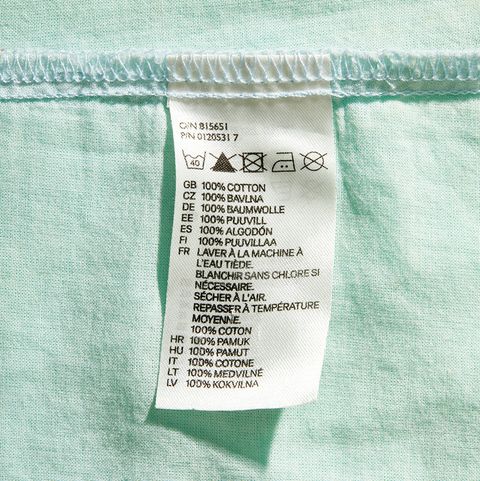
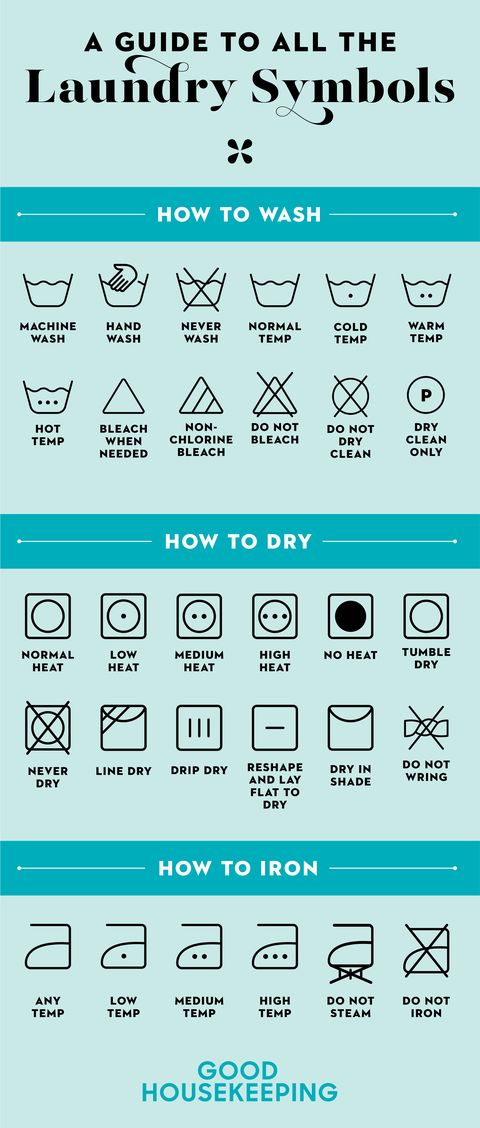
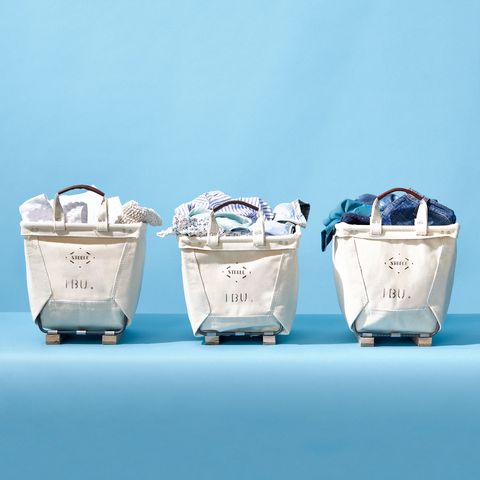

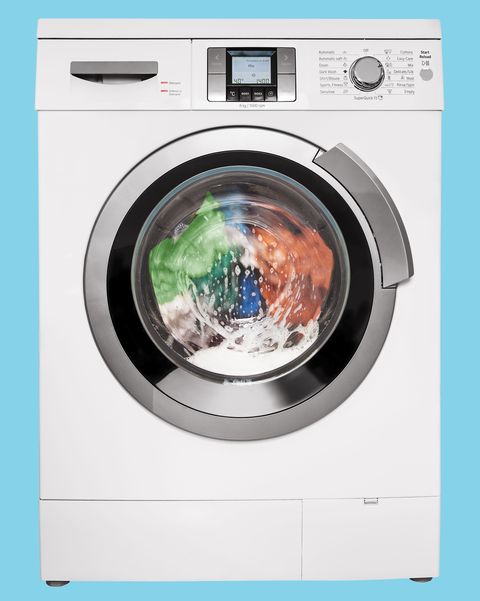
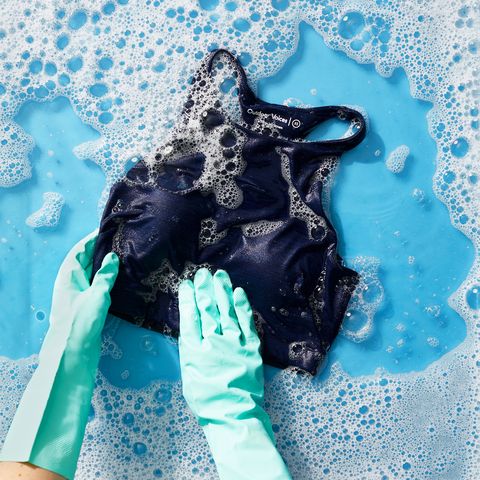


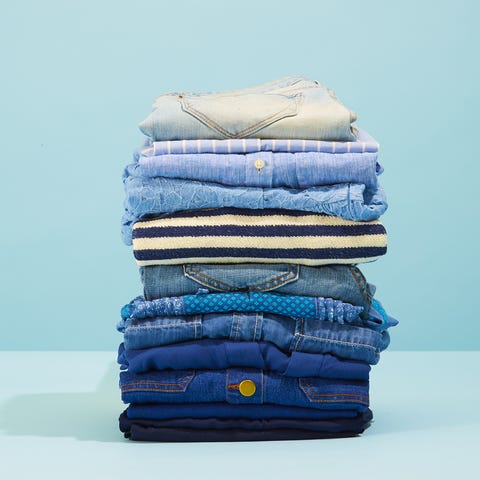
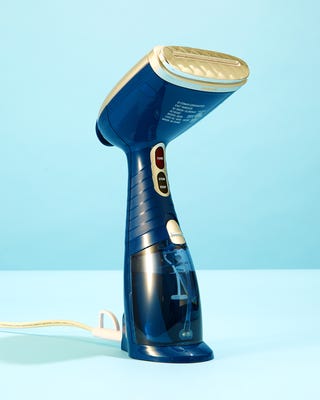
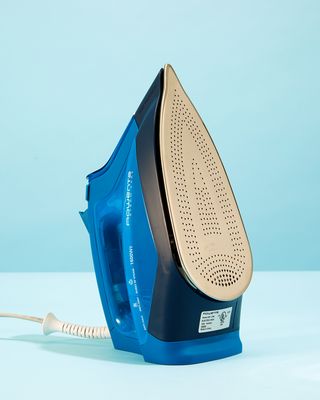

No comments:
Post a Comment